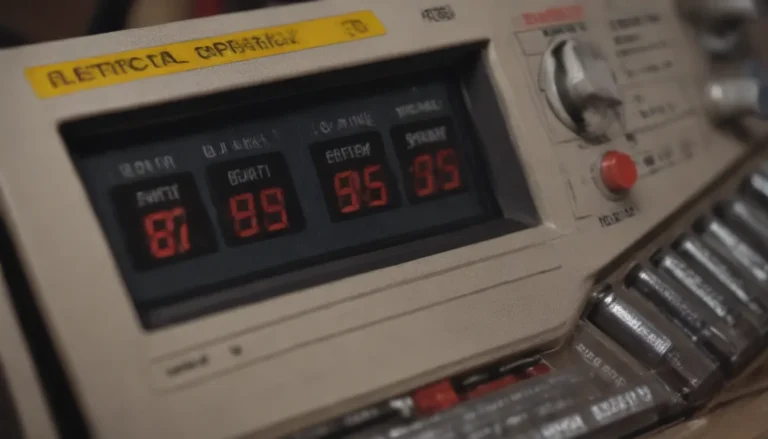Understanding Heat Tape: A Guide to Preventing Frozen Pipes

In cold climates where water lines and hoses are exposed to freezing temperatures, heat tape can be a lifesaver. When pipes freeze, the water expands and can rupture the pipes, potentially causing a flood in your home. Insulating your pipes is essential to prevent freezing in many situations. However, during prolonged cold spells or sub-zero temperatures, additional measures may be necessary. This is where heat tape comes in to provide supplemental warmth as needed.
What Is Heat Tape?
Heat tape is an electrical cable, not an adhesive tape. It protects vulnerable indoor or outdoor metal or plastic pipes from freezing. The tape is a flexible, flattened cable that typically plugs into a GFCI outlet. It should run along one side of the pipe or tightly wrap around it in a candy cane pattern. The terms “heat tape” and “heat cable” are often used interchangeably, and both serve the same function.
Tips for Buying Heat Tape
When shopping for the right heat tape for your project, consider the following tips:
- Consider a heat tape kit: These kits often include all the necessary components for installation.
- Read the specifications: Make sure the heat tape is suitable for the intended application.
- Measure before buying: Ensure you purchase the correct length for your pipes.
Heat tape designed for plumbing pipes is similar to that used on roofs to prevent ice dams, but the products are not always interchangeable. Always read the package instructions to determine the approved applications.
Types of Heat Tape
Self-Regulating Heat Tape
Self-regulating heat tape can be cut to any length for a custom fit or purchased in kit form. The cable varies its heat output based on temperature changes, emitting little heat when temperatures are above freezing and increasing as temperatures drop. No manual temperature control is required. Self-regulating heat tape is available in rolls or by the foot, with a connection kit for installation.
Thermostat-Controlled Heat Tape
Thermostat-controlled heat tape is similar to self-regulating tape but regulated by a separate thermostat. It can also be custom fit to your application and is available in various lengths with a plug and thermostat already attached.
Heated Water Hoses
Another product similar to heat tape is a heated water hose. These hoses are useful for homeowners in transitional climates where frost is limited, and irrigation is still necessary. They are designed with electrical conducting wires embedded into the rubber or vinyl walls, heating the entire hose when plugged in. Heated hoses automatically shut off in warm weather to save electricity and prevent overheating.
Installation Tips for Heat Tape
Installing heat tape is relatively straightforward, but it may be best to hire a professional for larger jobs or complex installations. Follow these tips for a successful installation:
- Carefully read and follow the manufacturer’s instructions.
- Attach the tape to the underside of the pipe with electrical tape or zip ties, or wrap it in a spiral fashion.
- Do not overlap the tape unless the manufacturer specifies it is acceptable.
- Place the thermostat in the coldest area directly on the water pipe for an accurate reading.
- Heat tape should not be used with pipe insulation unless the manufacturer recommends it.
Heat tape typically lasts for a few years, so it’s essential to check the product manual for replacement recommendations. As temperatures drop, the tape will warm to prevent freezing, but it works best when installed before cold weather hits.
In conclusion, heat tape is a valuable tool for preventing frozen pipes in cold climates. Whether you opt for self-regulating or thermostat-controlled heat tape, or a heated water hose, these products can help protect your pipes from winter damage. By following proper installation guidelines and maintenance recommendations, you can ensure your pipes stay warm and free from freezing. Stay safe and warm this winter with the help of heat tape!





